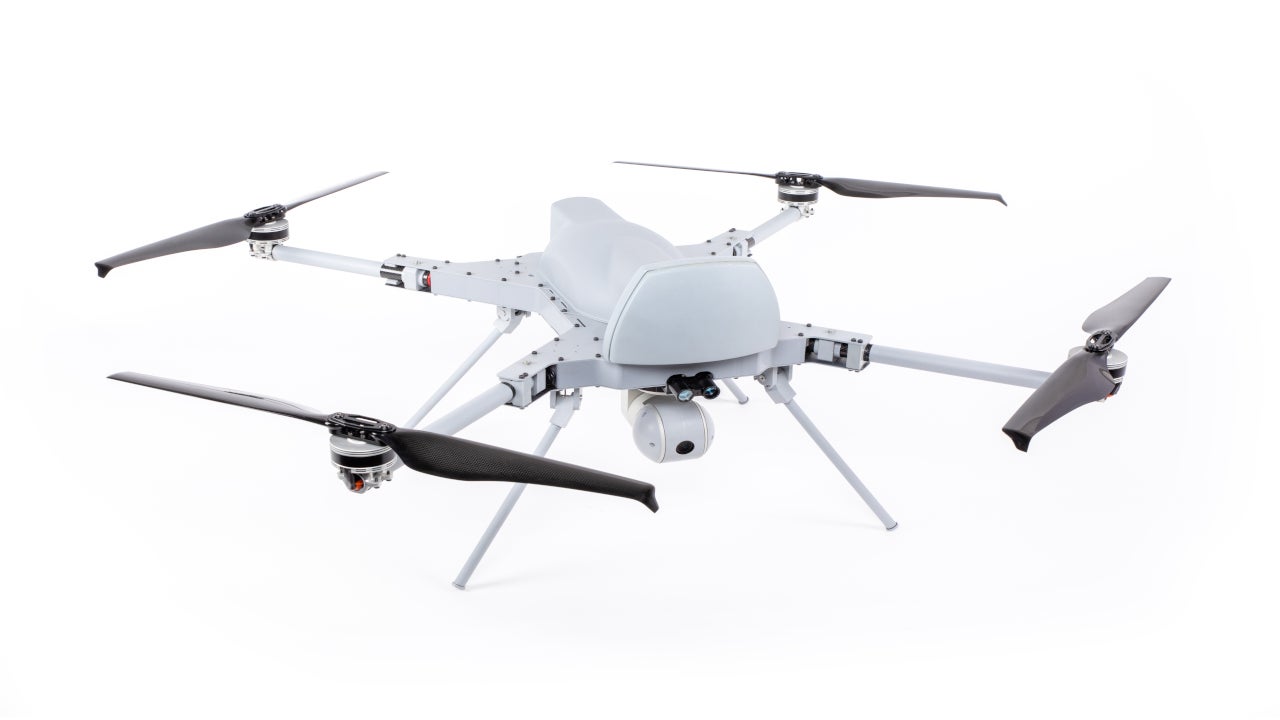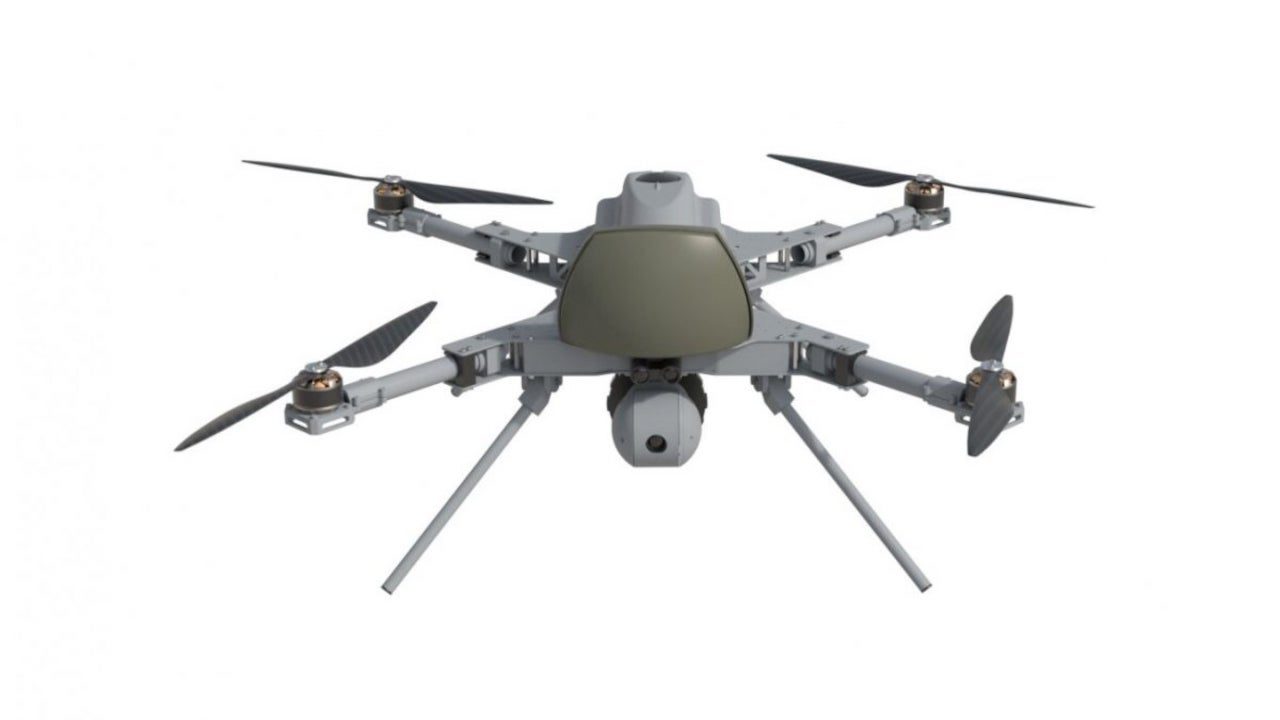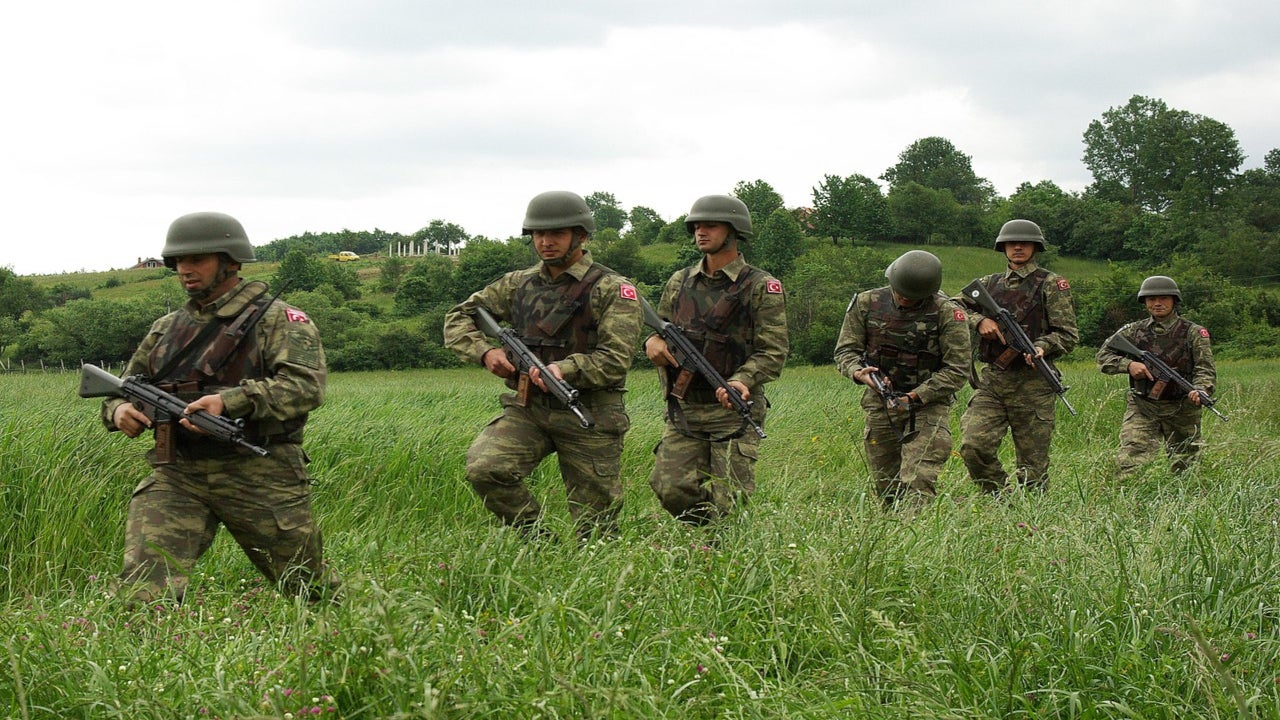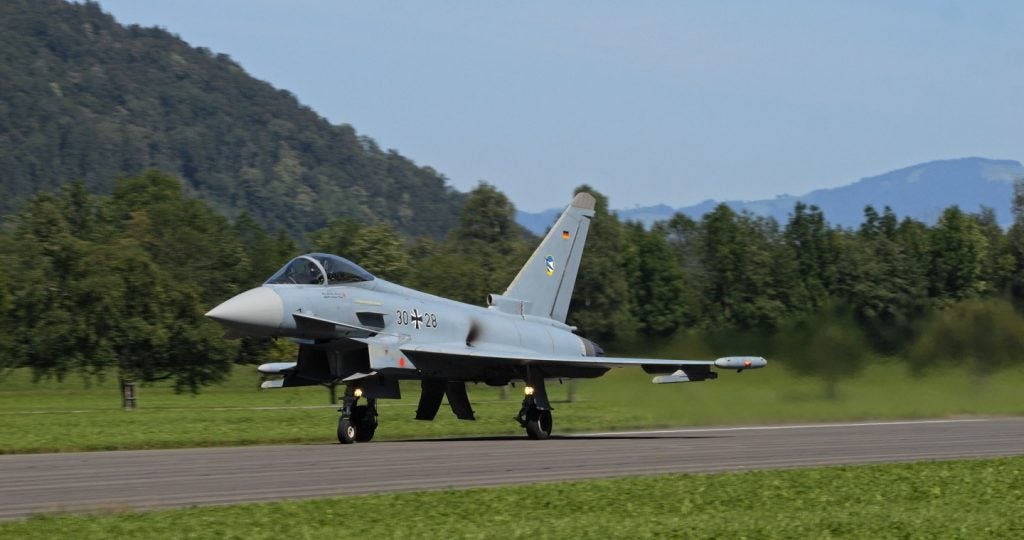Kargu is a rotary-wing attack drone loitering munition system designed and manufactured by STM Defense Technologies Engineering, a Turkish defence company, for anti-terrorist operations and asymmetric warfare.
Operated by the Turkish Armed Forces, the drone allows soldiers to detect and destroy targets in the region without human intervention.
Kargu drone was presented at the Defense & Security 2019 exhibition held in Bangkok, Thailand, along with other drones and products of STM in October 2019.
In June 2020, STM began the preparations to deliver more than 500 Kargu drones over a period, for use by Turkey’s security forces.
Kargu attack drone design and specifications
The Kargu attack drone system contains a rotary-wing combat unmanned aerial vehicle (UAV), a ground control unit, and UAV recharging station components.
The 7kg drone measures 600mm long, 600mm wide, and 430mm high. Kargu is equipped with indigenous national embedded hardware and software, 10x optical zoom, built-in artificial intelligence (AI), two-axis stabilised indigenous pod, and a user-friendly ground control unit interface.
Kargu can be used against static or moving targets through its domestically developed built-in real-time image processing capabilities and high-performance navigation and control based on machine learning algorithms. It can be operated by a single soldier in autonomous as well as manual modes.
Kargu attack drone features
The drone ensures rapid deployment and operational readiness. It can be operated at adjustable altitude for reliable day and night operations. It can perform intelligence, surveillance, and reconnaissance (ISR) operations as well as track, steer and hit beyond the line-of-sight targets with high precision autonomously with minimal collateral damage.
It features a lightweight airframe, advanced electronic ammunition safety, set-up and trigger systems tailored to the platform. The drone has the ability to load ammunition before use and is also equipped with the in-flight mission abort and emergency self-destruction capability.
Kargu has different options for multiple warhead configurations. It can operate at temperatures ranging from -200 to 500C.
Warhead of Kargu attack drone
The Kargu attack drone operates similar to a Kamikaze pilot and detonates an explosive charge close to the target, utilising proximity fuse and customisable detonation range features. The munitions carried by the UAV get dispersed on detonation.
The loitering munition can be integrated with thermobaric, anti-personnel, and armour-piercing warheads to destroy different types of targets.
Performance
The attack drone can travel up to a range of 5km at a maximum speed of 72km/h. It has a mission altitude of 500m and a maximum altitude of 2,800m. The maximum endurance of the drone is 30 minutes.
Future capability enhancements of Turkish attack drone
The drone is being continuously upgraded for future threats. It has advanced machine vision capabilities that enable it to function as a single platform as well as in a swarm of up to 20 platforms. The company began exercises for testing these features in 2019.
The KERKES project aims to update Kargu with the ability to carry out operations without a global positioning system (GPS). Various exercises are being conducted to improve the drone swarm technology and swarm algorithms, enabling it to perform different tasks and operations in any environment.
The project will incorporate full swarming abilities to the Kargu drones, which could be utilised by the Turkish Armed Forces, upon completion of the project in approximately 12 to 18 months.
The efforts are also being made to integrate the Kargu drone with other platforms of the Turkish Armed Forces such as marine platforms, armoured land vehicles, and autonomous land systems.
Controversial engagement of Kargu drone
A Kargu-2 drone operated in a fully autonomous mode by the Libyan Government of National Accord (GNA) attacked the Haftar-affiliated forces during clashes in Libya in March 2020, according to a report of the United Nations (UN). The incident invoked discussions among the experts for the requirement of regulation on the usage of killer drones.
The Kargu-2 attack UAV is the lethal autonomous weapon system (LAWS) programmed to attack targets without the need for any data connectivity between the operator and the munition, making it a true ‘fire, forget and find’ drone.









